Lawmakers are urging the Department of Defense (DOD) to speed up the deployment of AI-driven counter-drone technologies. A new provision in the fiscal 2025 defense policy bill requires department leaders to outline their plans for advancing these capabilities. The move comes as drone attacks become increasingly prevalent in global conflicts, from the Ukraine-Russia war to the Middle East.
A Growing Concern
Members of Congress are worried that the Pentagon isn’t acting quickly enough to scale Artificial Intelligence (AI) technologies to counter unmanned aerial systems (UAS). These concerns are highlighted by recent drone activities in conflict zones like Ukraine and the Middle East. The House Armed Services Subcommittee on Tactical Air and Land Forces has proposed a mark for the fiscal 2025 Servicemember Quality of Life Improvement and National Defense Authorization Act to address this issue.
“Unmanned Aerial Systems (UAS) continue to evolve rapidly and present growing threats to the United States and allied personnel and infrastructure. Although many adversarial UAS are inexpensive and easy to replace, U.S. forces often respond with defensive capabilities that are much more expensive, limited in quantity, and slow to replace. Moreover, many legacy systems struggle to effectively counter larger UAS. The committee believes the most effective counter-UAS capabilities for the joint force are those using software-defined technologies of autonomy, artificial intelligence (AI), and machine learning to outpace the current and evolving UAS threats,” the legislation states.
Industry’s Role and Legislative Frustration
Industry has been actively developing advanced tools, including sophisticated software and weapon systems, to enhance the department’s defense arsenal. Legislators have commended Central Command and Special Operations Command for utilizing open-architecture systems and AI-driven autonomous air vehicles to neutralize Group 3 drones. These drones include loitering munitions, also known as kamikaze drones or one-way attack drones.
However, there is frustration with the Pentagon’s slow pace in scaling these innovative technologies. Members of the House Armed Services Committee expressed concern that the military services haven’t budgeted adequately to maintain and expand these critical capabilities in fiscal year 2025 or in the Future Years Defense Program. The Army, for instance, has not transitioned these capabilities at scale, and the Navy and Air Force lack clear program office direction to initiate such transitions.
Legislative Mandates
To address these issues, the legislation directs the secretary of the Army, in coordination with the leaders of the Navy and Air Force, to brief the House Armed Services Committee by mid-December. They are to present plans to resource, transition, and scale advanced, AI-enabled, combat-validated UAS defeat capabilities to conventional forces within the department. This provision underscores the broader concerns on Capitol Hill regarding the U.S. military’s readiness to counter UAS threats.
Additionally, the Subcommittee on Tactical Air and Land Forces’ mark mandates the secretary of defense to appoint an “executive agent” to oversee the Pentagon’s training and technology programs aimed at countering small UAS.
DroneXL’s Take
This legislative push highlights the urgent need for the DOD to prioritize AI-driven counter-drone technologies. As drone threats become more sophisticated and widespread, ensuring that U.S. military forces are equipped with the most advanced and effective tools is crucial. Accelerating the deployment of these technologies not only enhances national security but also ensures that the U.S. remains at the forefront of defense innovation. The call for an “executive agent” to oversee these efforts reflects a strategic move towards a more coordinated and effective response to emerging drone threats.
Discover more from DroneXL.co
Subscribe to get the latest posts to your email.


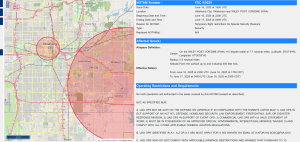



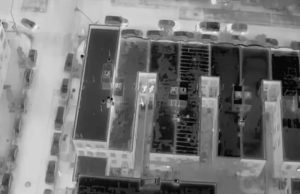



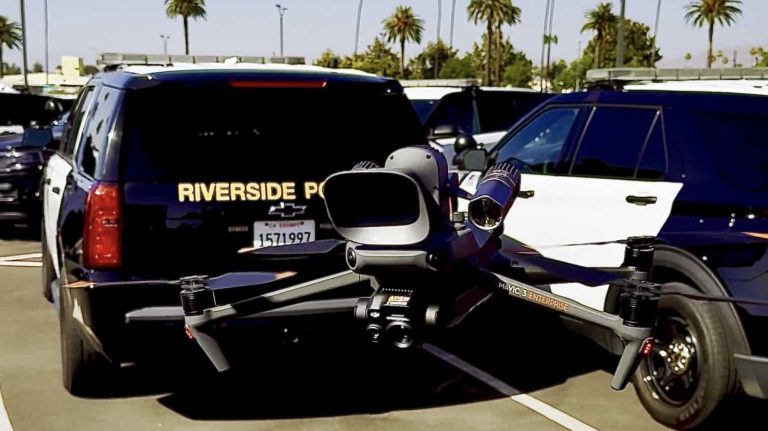

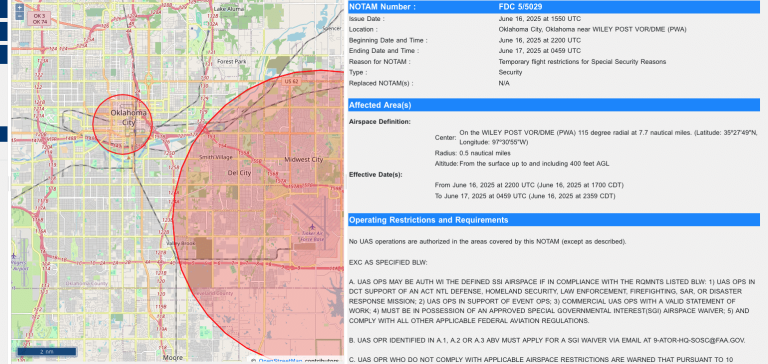





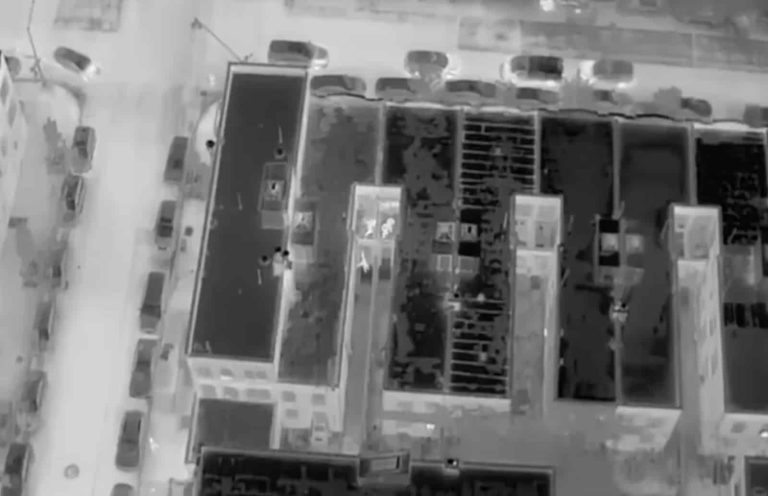

+ There are no comments
Add yours